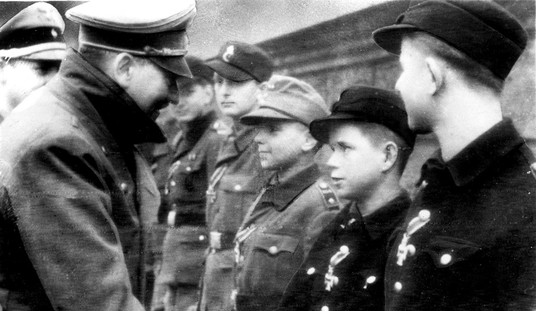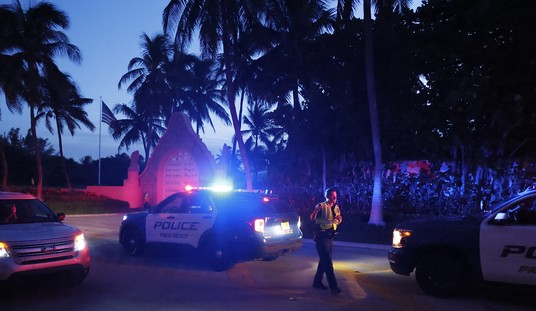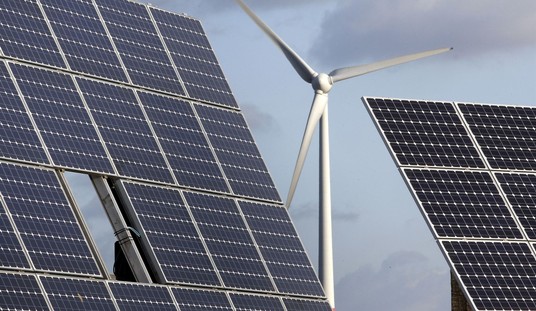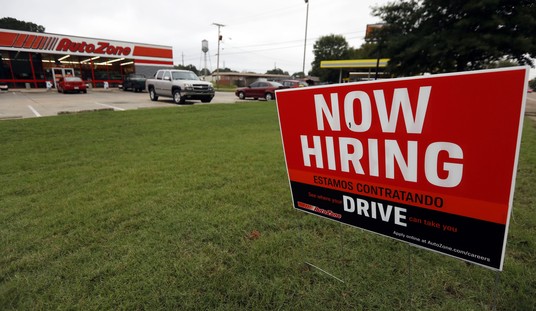Sometimes it's fun to forget the controversies for a moment and just talk about guns we like. Every enthusiastic shooter and collector has a list of guns they want to own, or maybe just to shoot. How to narrow it down?
Well, that is not easy. But I have managed to narrow my recommended list of shotguns down to five. So, without further ado, here are five shotguns you should shoot before you die, in no particular order.
Winchester Model 1897
This fine old pump-gun is the father of one of my favorite collector’s items, the Winchester Model 12. So, why recommend this gun, and not the Model 12? Here’s why:
The Model 1897 (as a close follow-on to its predecessor, the black-powder-only Model 1893) was the first commercially manufactured pump-action shotgun. A brainchild of John Browning, as were so many late 19th and early 20th century arms, the Model 97 was The Maestro’s choice for his own personal shotgun. It was an unusual arm by today’s standards, with an open receiver, an external hammer, and slam-fire capability. This made the Winchester especially useful in the Great War, where it was issued in a “trench-gun” configuration. Our boys used it with dispatch in clearing trenches, quickly discovering how a magazine full of 00 buck slam-fired down a trench could ruin a German soldier’s whole day.
But most of the million-plus Model 1897s made from 1897 to 1957 were used in the field, where the gun proved quick, handy, and easy to shoot.
So, why is this one of the top five shotguns you should shoot before you die? Because the Model 1897 is not like any gun made today. The external hammer and lack of extraneous mechanical safeties make it an easy gun to learn, and all the various Model 97s were made in an era where craftsmanship was still a thing.
Ignore the replicas. Most of them make effective boat anchors but poor shotguns. Find or borrow an original Model 97 and learn the ins and outs of a pump-gun with an external hammer. I think you will find it interesting.
Winchester Model 21
There are many, many fine side-by-side double shotguns. So, why recommend the Winchester Model 21? Here’s why:
Built from 1930 to 1961, only about 30,000 Model 21s were ever built, making it the second-scarcest gun in the list, and certainly the most expensive. Custom versions abound, as the Model 21 was a favored platform for engraving, inlays, and costly custom stocks made of wood that induce salivation in fans of fine guns. I have even seen a couple used as the basis for a custom double rifle, and once had the chance to handle a true one-of-a-kind, namely the only prototype Winchester ever produced of an aluminum-frame Model 21.
The Model 21 is much feted and much copied, but in 1930 when it was introduced it was a singular piece; a true carriage-trade double, made by a manufacturer who, in 1930, was a synonym for fine guns. Now, the timing could have been better, as Winchester’s introduction of their top-end double closely coincided with the introduction of the Great Depression.
But if you get the chance to handle and shoot one, take it. The Model 21 is a fine piece, hand-fitted, superbly finished, and furnished with great wood even in the field-grade versions.
Browning Auto-5/Remington 11
In this case, a gold standard aligns with the top five shotguns you should shoot, although honestly for a gold standard on semi-auto shotguns, I’d have to call a tie between the Auto-5 and the Remington 1100. But for the top five list, I must go with the Auto-5 or its cousin, the Remington 11. Here’s why:
The Auto-5 was, like the previous two guns, a singular piece, worthy of gold standard status. It did have some shortcomings; one was its use of a “friction ring” inside the forearm that had to be reversed for firing low-brass vs. high-brass shells, unless damage to the action ensued.
The Browning Auto-5 has a long history, being built from 1902 to 1998. From 1902 to 1940, Auto-5s were built at the FN works in Belgium; from 1940 to 1952, the Auto-5 production was done by Remington, as the FN plant was under German control. From 1952 until 1998, production returned to Belgium. Belgian-made Brownings have always commanded a premium, and while the Remington-made Auto-5s are fine guns, these “American Brownings” generally sell cheaper than FN guns.
Remington built the Model 11 under license from Browning, that gun being essentially a bargain-priced Auto-5 with no magazine cutoff. These guns were made from 1905 to 1947. Savage and Franchi also built their own licensed variants of the world’s first commercially sold semi-auto shotgun.
Pick up a Belgian Auto-5 sometime. Pull the bolt handle back, press the release, and feel the bolt go forward. The actions are smooth, like oil on polished glass. The 12-gauge Auto-5s are heavy but well-balanced, and small-frame guns like my beloved Sweet Sixteen are a joy to handle and shoot. Try one.
Remington Model 32
Were I to pick a gold standard for over/under shotguns, I would probably pick the Browning Superposed, with the Remington Model 32 coming in a close second. But when I consider an over-under for one of the top five shotguns you should shoot, I will pick the Model 32. Here’s why:
While the Superposed was a fine piece and broke the over/under double platform out of fancy hand-made guns and into production, the Model 32 took the concept and made some significant changes. But only about 5,100 guns were made during Big Green’s 1932-1944 production run, meaning that this gun surpasses the Model 21 as the scarcest gun on the list. Examples for sale today, if they are in any kind of condition, command some fancy prices, very nearly in Model 21 territory.
But sometimes you get what you pay for. The Model 32 was designed and built for competitive shooters, and with that in mind, Remington did not have a central bridge connecting the barrels; instead, the barrels were separated by a short space, allowing cooling air to flow between the tubes. With that and a ventilated rib, the Model 32 was made to run hot, and it quickly became a prized find for serious trap and skeet shooters.
You may have to go a long way to find a Model 32 these days. A lot of them are in non-shooting collections. If you get a chance to examine one, you’re certainly on the lucky side; I’ve only seen photos of them myself. But you may have an easier time finding the Model 32’s offspring, the 3200, which shares many of its laudable features. Check that one out.
Ithaca Model 37
Now, here is a shotgun that looks a little redundant, but I still think the Ithaca 37, especially in Featherweight trim, is a gun that rates a second and maybe even a third look. Here’s why:
This presents another pump-gun on the list, but while the Model 97 Winchester is notable in its open frame and external hammer, the Model 37 – a linear descendent of the Remington Model 10 and Model 17 – is notable in being uniquely useful for both right- and left-handed shooters. The Model 37 not only loads through the bottom of the receiver, as do most modern pump-guns, but also ejects through the bottom of the receiver. This means that left-handed shooters are not distracted by having spent cases sailing through their field of vision.
Another Browning design, the Model 37 was introduced in 1937 and is still in production today. While being nicely suited to the southpaw shooter by dint of its bottom ejection, it’s also a great upland bird gun due to its lightweight, slim action (a shooter with big mitts like mine can easily carry a 37 with one hand wrapped all the way around the receiver) and fast handling.
I recently modified a 16-gauge Model 37 for my wife, trimming the stock down to allow for her short arms and reducing the barrel to twenty-six inches. Next, it will get sent to Briley for choke tubes. I have an unmodified 12-gauge Model 37 in the rack that I will eventually set up as an upland bird gun for myself. I like handling and shooting them. I think you will, too.
In Conclusion
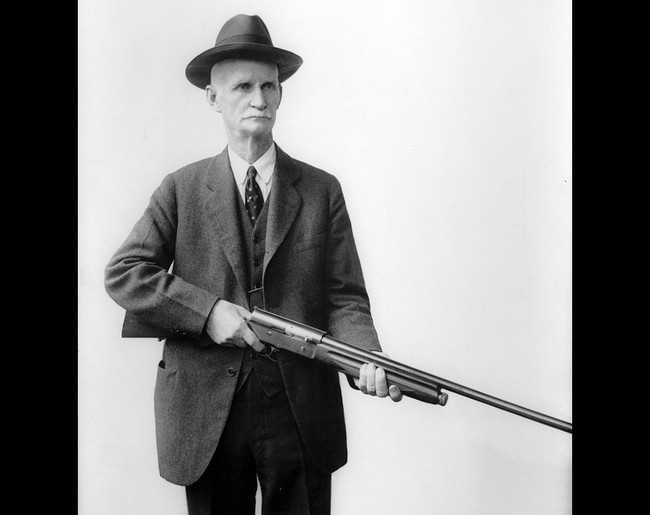 It has probably not escaped your notice that three of these five guns sprang from the mind of the Leonardo DaVinci of Guns, John Browning. This should come as no surprise to anyone who has 1) read any of my comments on guns in general, or B) knows anything about John Browning and his influence on gun-making in the 20th century.
It has probably not escaped your notice that three of these five guns sprang from the mind of the Leonardo DaVinci of Guns, John Browning. This should come as no surprise to anyone who has 1) read any of my comments on guns in general, or B) knows anything about John Browning and his influence on gun-making in the 20th century.
At present, I only own two of the five guns on this list, and have handled and fired two others (the 1897 Winchester and the Model 21 Winchester). There are still more spaces in the gun safe, although the two doubles here may be out of my price range.
If you, like me, tend to spend a lot of time hanging around ranges and gun people, you are likely to bump into most of these pieces at some time or another. (I recommend trap, skeet, and sporting clays ranges.) If you get the chance to shoot one, grab it.



